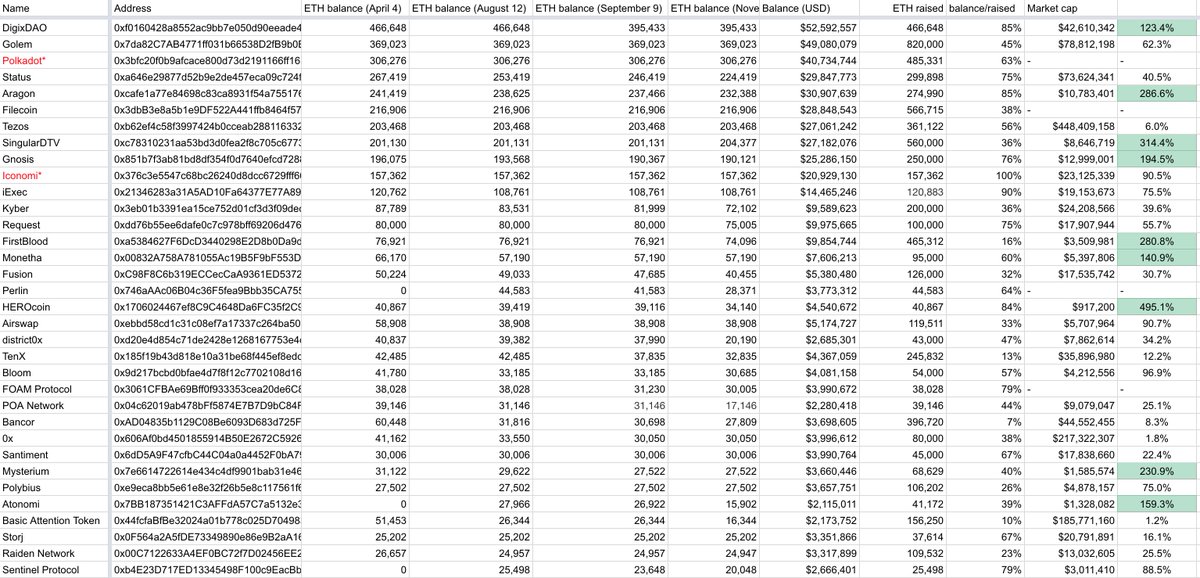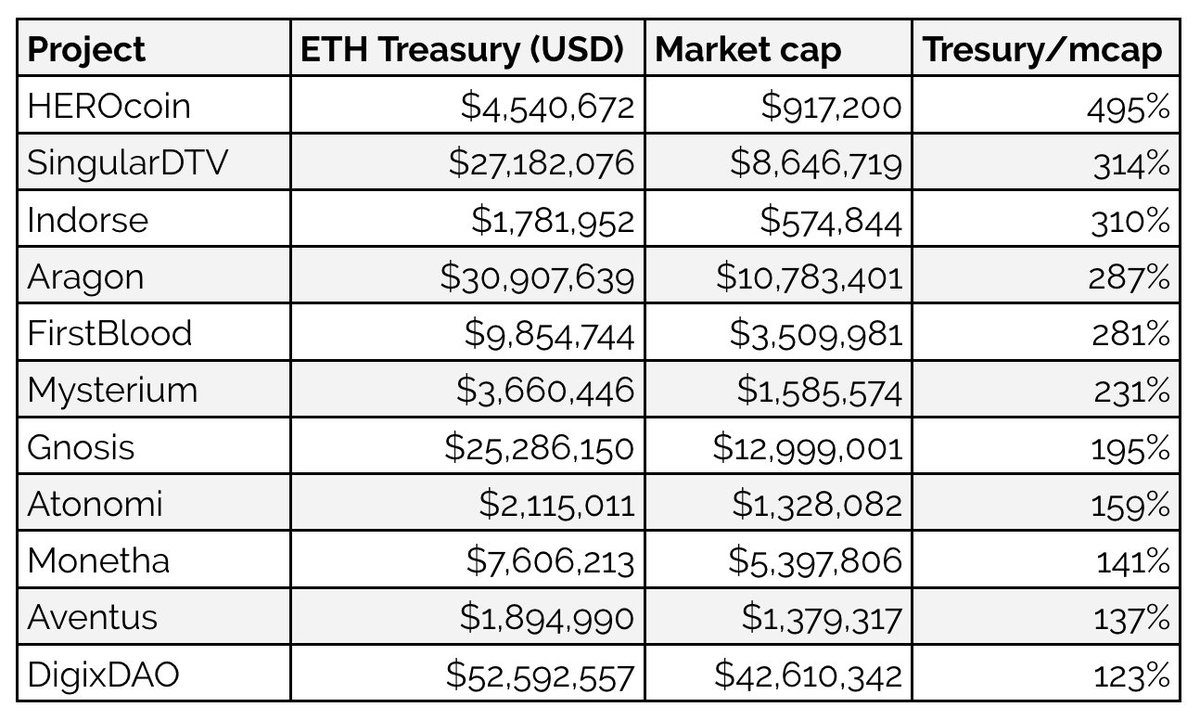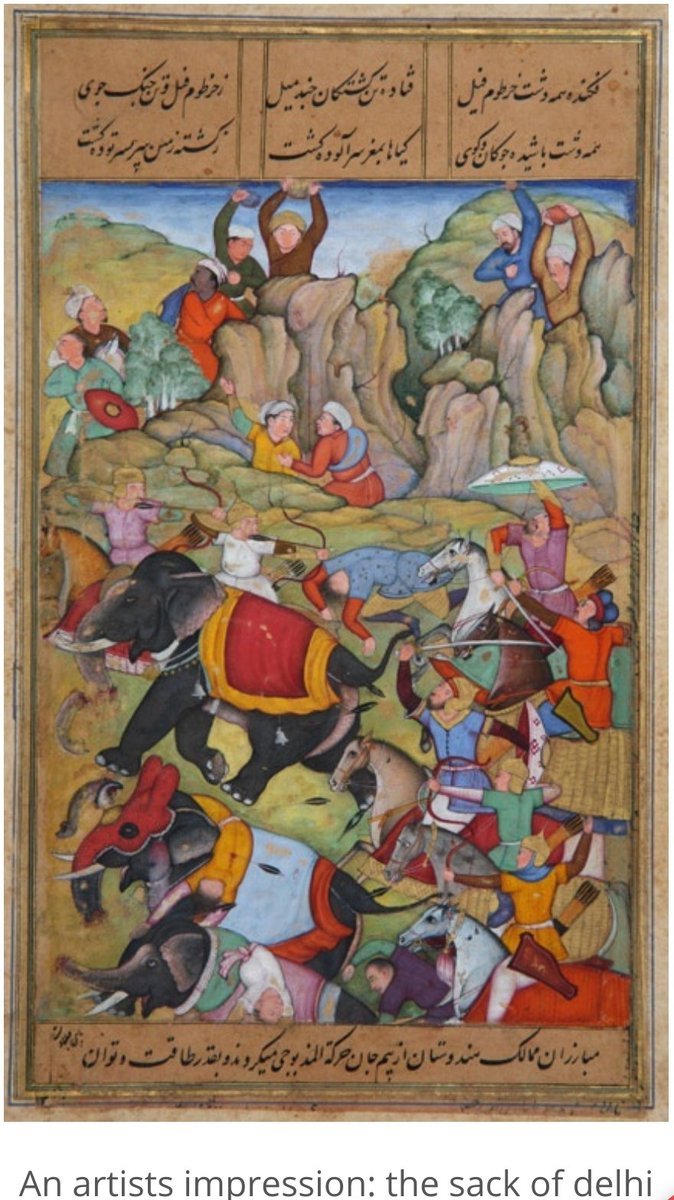Aave also allows those will idle assets to earn a relatively safe return on capital from lenders, whose rates are determined by a curve.
We're in the phase of the market where there's a lot of retail inbounds but not enough education about the Ethereum ecosystem and DeFi.
So, let's break down the basics of some of the top protocols.
First on deck: Aave (@AaveAave), an Ethereum-based money market protocol.
A 🧵

Aave also allows those will idle assets to earn a relatively safe return on capital from lenders, whose rates are determined by a curve.
Users would hold BTC, ETH, and other assets (including many ERC-20 tokens) with no expectation of a native yield or dividends.
ETH, for instance, was long just an asset for transaction fees, as was Bitcoin.
Users can deposit a variety of assets as collateral, then use that collateral as ammo to borrow other assets to be used in DeFi or beyond.
Loans are *overcollateralized*.
1. Those looking for steady, relatively safe yield on idle assets.
2. Those that want to leverage their assets by borrowing against their holdings, then trading and spending the loan to achieve utility beyond the rate they pay.
- Find idle assets that can be lent out on Aave
- Deposit said assets
- Earn a per-block, pro-rata interest paid for by those that borrow your assets (assets are pooled, then used) from the protocol
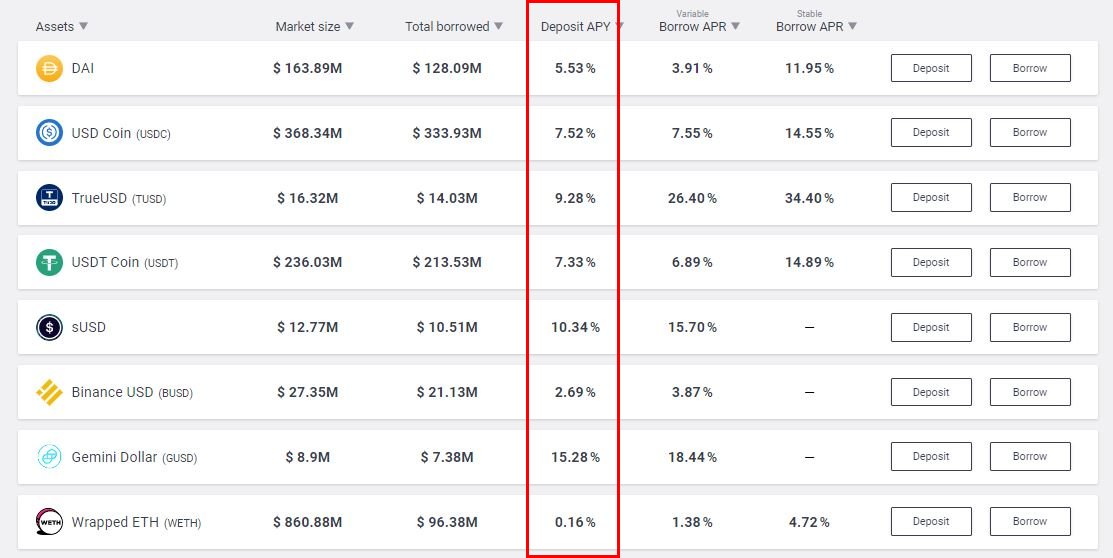
- Find inactive, useless asset
- Deposit it into Aave
- Enable it as collateral
- Borrow desired assets from protocol
- Use borrowed assets for trading, yield farming, spending, etc.
Shorting:
A user can borrow an asset from Aave, sell it, buy it back when the price is lower, then pocket the delta.
This works because the loan is denominated in the asset(s) borrowed.
ETH natively does not produce yield.
It can be used as collateral to borrow assets that *can* earn yield.
Assuming you can earn 15% on USDC and borrow @ 5%, borrowing USDC at a 200% collat. ratio will allow for an effective yield of 5% on ETH.
Say a user is holding Wrapped Bitcoin and wants something on-chain or IRL, though doesn't want to get rid of their WBTC exposure.
A user can collateralize their WBTC, buy what they want, then pay back the loan with income or other assets to reclaim their WBTC.
Aave pioneered flash loans, a concept where anyone can borrow any amount of capital within a single block for a number of use cases.
Did a thread here in the past.
https://t.co/FRn5Pj2TFk
If you've been following DeFi or Ethereum over the past few months, you've likely heard the term "flash loan" mentioned again and again.
— Nick Chong (@n2ckchong) October 29, 2020
This new DeFi primitive has been at the core of a number of economic exploits and arbitrages.
A thread on the basics of flash loans - \U0001f447 pic.twitter.com/uOQC2tzlYl
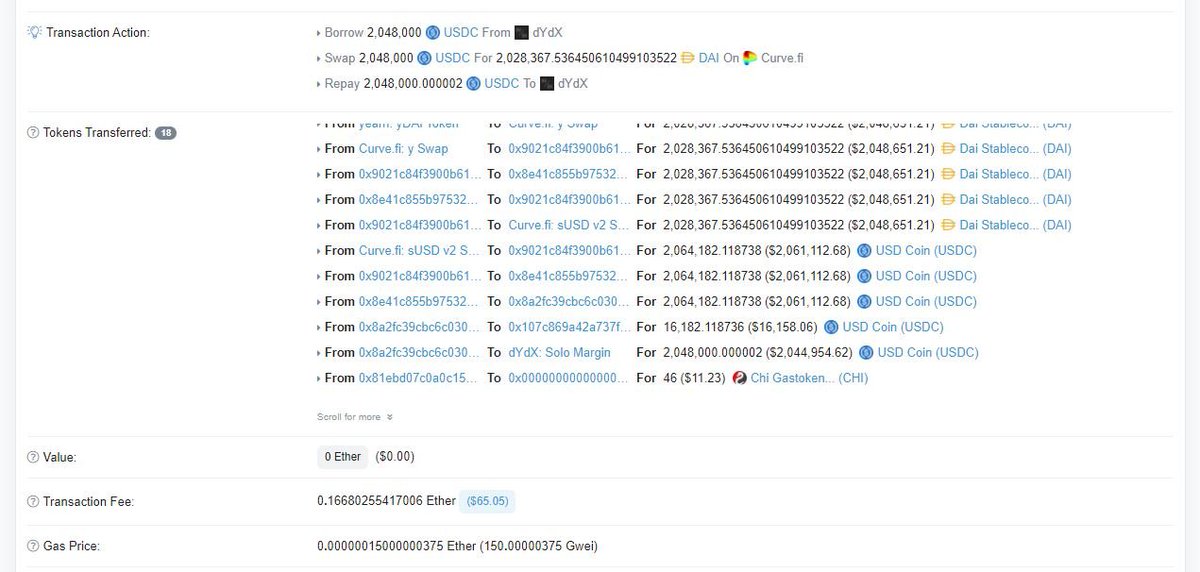
- A user borrowed 2,048,000 USDC from dYdX
- Traded that USDC for 2,028,367 DAI in Curve's Y pool
- Traded that DAI for 2,064,182 USDC in Curve's sUSD pool
- Paid dYdX back + 2 wei
All in one block...
Profit: 16,182 USDC
Cost: $60 in gas
I'll cover:
- Interest rates
- Terms
- Liquidations
- aTokens
The more an asset is utilized, the higher the rate lenders earn and borrowers pay.
The borrow rate is always above the deposit rate.
Here's the borrow rate model for USDC / USDT.
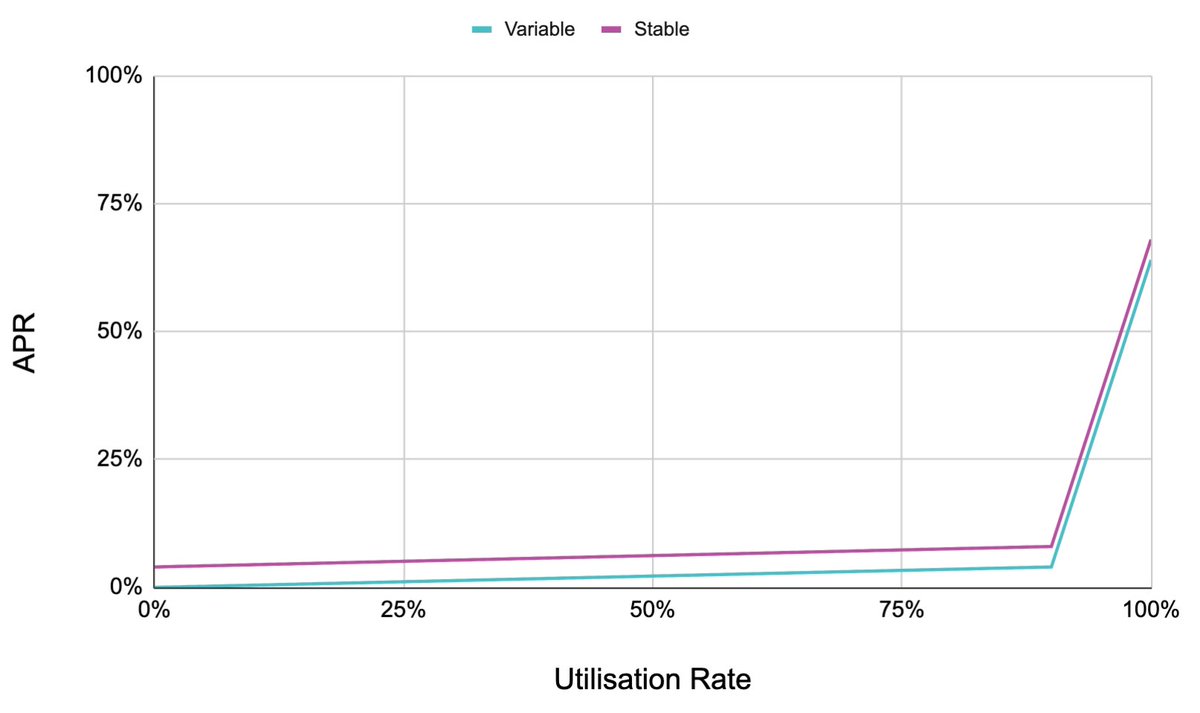
To mitigate unexpected spikes in utilization affecting the rate one pays on their loan, users can lock in a fixed rate, so they can manage risk properly.
This rate can readjust based on market conditions.
Aave has a number of loan terms that dictate how much one can borrow, at what point they are liquidated, and how much they pay when they are liquidated.
These terms are determined by a risk team, who assess market conditions to minimize risk to protocol collateral.
Unlike traditional loans, Aave loans are liquidated autonomously when a user's loan-to-value ratio falls below certain values.
A large enough drop in the value of one's collateral will allow users to bid the collateral, sell it, then pocket a bonus.
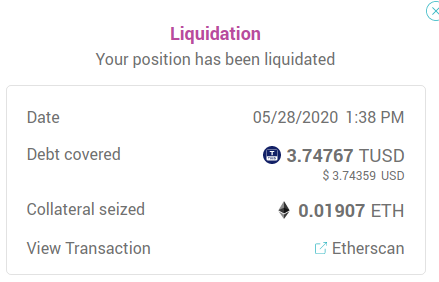
aTokens are yield-bearing assets that accrue interest in real time, allowing one to watch their deposited assets grow by block.
It can be used by other developers to build interesting applications and use cases.
For instance...
@APWineFinance: APWine allows users to trade unrealized yield
etc.
aTokens, flash loans, etc. can all be used in tandem with other contracts to create use cases.
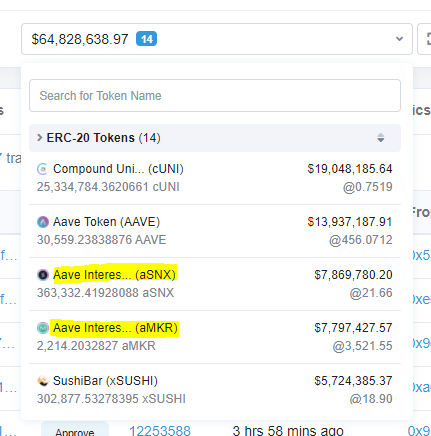
More from Crypto
Step 1: $BTC has a huge correction. Every range starts with either a pump (or dump) and then follows with a dump (or pump). In this case, #Bitcoin pumped and is now pulling back. This is
If you want #Altseason, you should want $BTC to make a decent sized pullback. Ranges start after huge moves in both directions, IMO we need to see some cooling off before the ranging starts. Plz give 26k. #Bitcoin pic.twitter.com/yLG9xSrbKz
— Altcoin Sherpa (@AltcoinSherpa) January 3, 2021
Step 2: $BTC ranges big once it finds a bottom. This will allow it to reaccumulate for a big summer run in 2021. This is HEALTHY IMO.

Step 3: Once $BTC finds a bottom and starts to grind up again, I expect $ALTS to do very very well in both alt/usd and alt/btc pairs. ALTSZN is almost always characterized by strong alt/btc pairs moving- I've already accumulated most and have done my final buying today and more.
$BTC.D typically has a very nice time during this time of the year. I was off on December prediction bc I thought $BTC was going to pull back by then but oh well! #Altcoins will start their pumping time VERY soon now.
$BTC.D: This is the chart for inverse #Bitcoin Dominance, the macro chart you need to check out for #Altcoins and when they have their runs. Still potentially more pain to go for $ALTS but I'm thinking that they will turn around strong when $BTC is done w. its run. pic.twitter.com/Q8ewTSRywp
— Altcoin Sherpa (@AltcoinSherpa) December 27, 2020
More information on what #Altseason is and $ALTS market
Big #Altcoin thread for $ALTS: Where are we at in the cycle, how long do we have, is this #ALTSEASON, what are the relationships like, all of that. $BTC #Bitcoin $ETH $LINK #Altcoins pic.twitter.com/nwVjgZu4fw
— Altcoin Sherpa (@AltcoinSherpa) November 9, 2020
Let's talk about how interest-bearing cash on a blockchain is going to revolutionise boring corporate treasury management that concerns every company is is a larger business than all crypto trading in the world.
Enter the thread
👇👇👇

2/ Blockchain community is often seen as toxic maxis and redditors who shill other their weekly favourite shitcoin in the hope of getting Lambo.
Sometimes we also do things that progress humanity towards the better future and interest-bearing cash is one of those things.
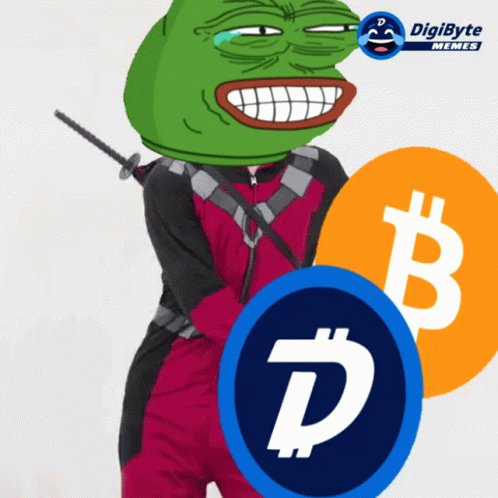
3/ Less chad and more things that actually matter:
My incomplete theory of interest-bearing cash is also available also as a blog post:
https://t.co/uiG0fZiVyu
It is 15 pages. Pick your slow poison or die fast by continue reading here.
4/ First time in the history we have an ability to create interest-bearing cash-like instruments.
Interest-bearing cash ticks up dollar (euro) balance real-time in your wallet.
Here is a demonstration using @aaveaave aDAI, based on @makerdao DAI, and @TrustWalletApp
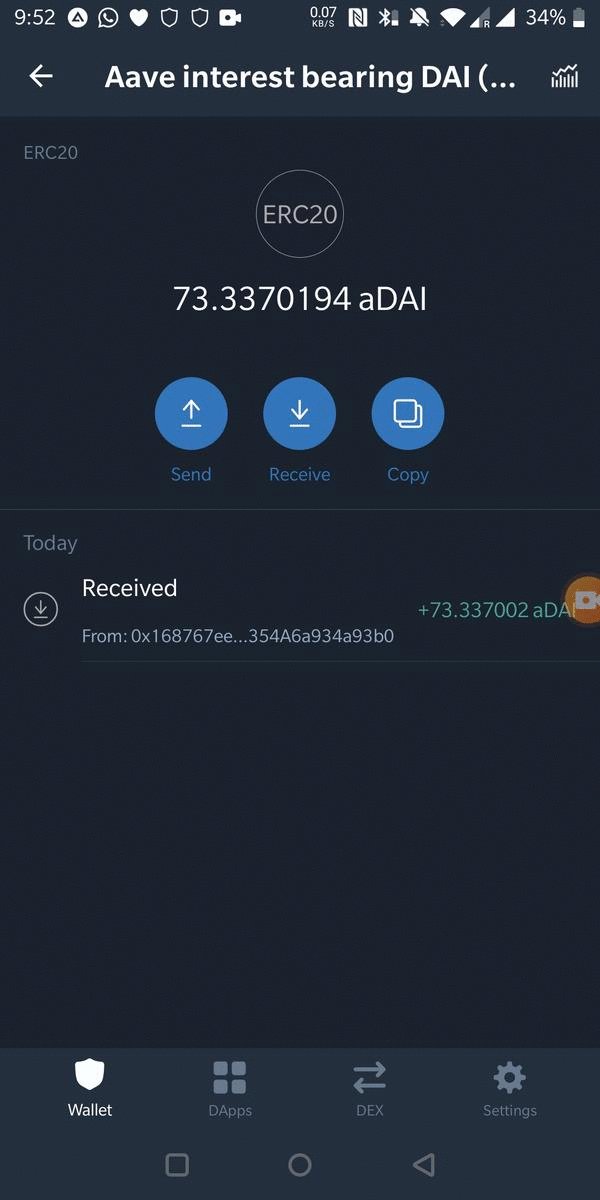
5/ Interest-bearing cash is not like your bank's saving account. Your money in a bank is not yours, but bank's. There are some flaws in the current banking system causing a headache for Chief Financial Officers (CFOs)
You May Also Like
Covering one of the most unique set ups: Extended moves & Reversal plays
Time for a 🧵 to learn the above from @iManasArora
What qualifies for an extended move?
30-40% move in just 5-6 days is one example of extended move
How Manas used this info to book
The stock exploded & went up as much as 63% from my price.
— Manas Arora (@iManasArora) June 22, 2020
Closed my position entirely today!#BroTip pic.twitter.com/CRbQh3kvMM
Post that the plight of the
What an extended (away from averages) move looks like!!
— Manas Arora (@iManasArora) June 24, 2020
If you don't learn to sell into strength, be ready to give away the majority of your gains.#GLENMARK pic.twitter.com/5DsRTUaGO2
Example 2: Booking profits when the stock is extended from 10WMA
10WMA =
#HIKAL
— Manas Arora (@iManasArora) July 2, 2021
Closed remaining at 560
Reason: It is 40+% from 10wma. Super extended
Total revenue: 11R * 0.25 (size) = 2.75% on portfolio
Trade closed pic.twitter.com/YDDvhz8swT
Another hack to identify extended move in a stock:
Too many green days!
Read
When you see 15 green weeks in a row, that's the end of the move. *Extended*
— Manas Arora (@iManasArora) August 26, 2019
Simple price action analysis.#Seamecltd https://t.co/gR9xzgeb9K



